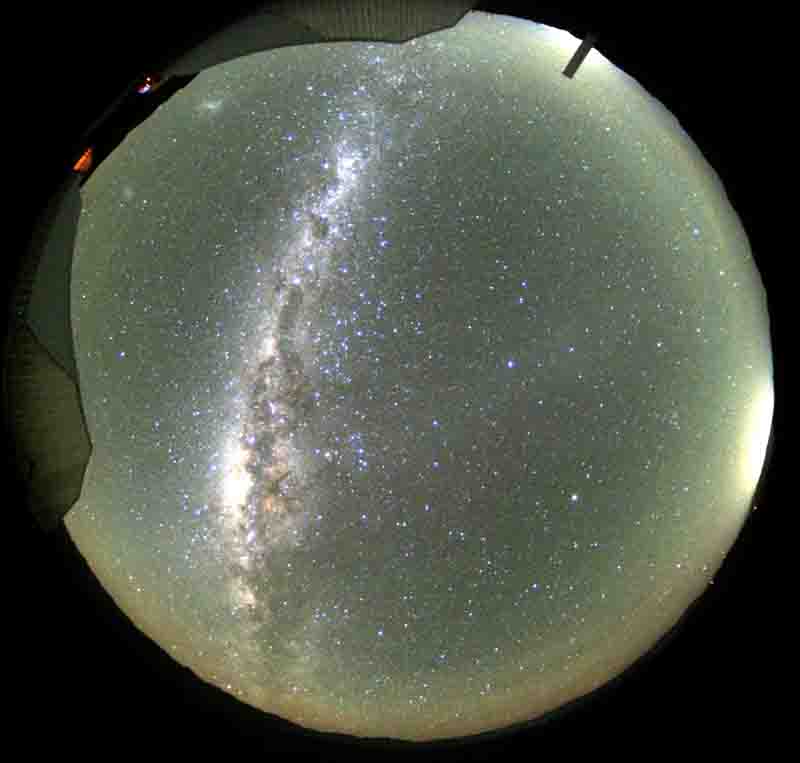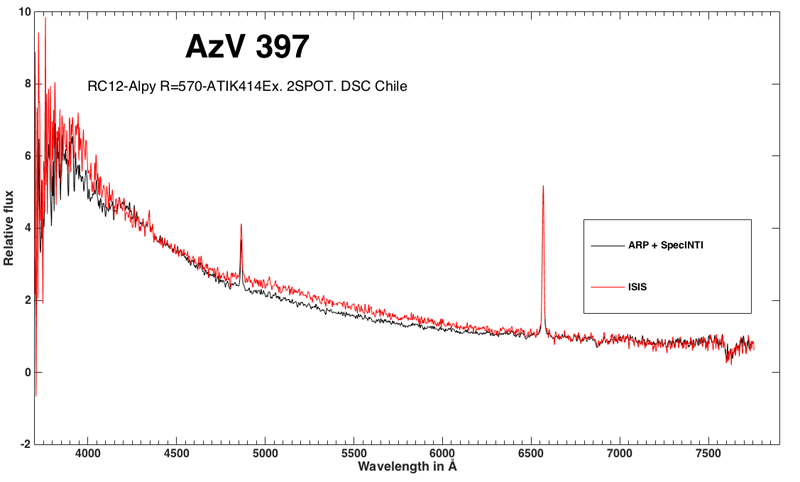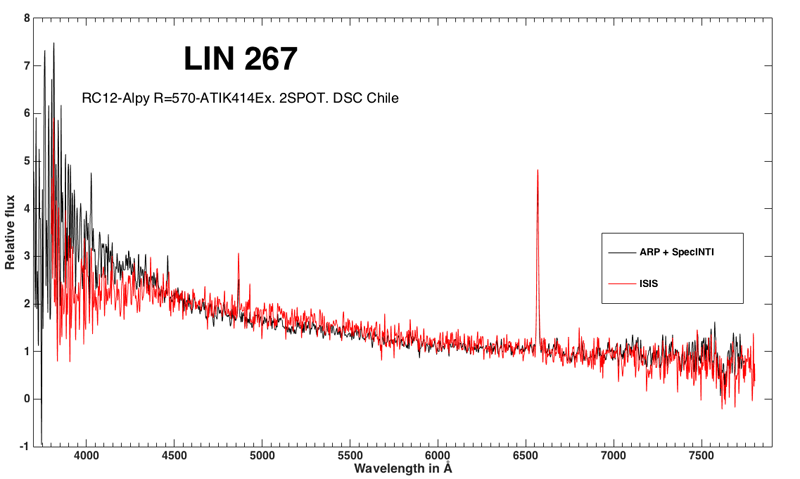Hi Robin,
Yes you are right, it is because we are in Chile under an exceptional sky that we can free ourselves from an IR for each target. The nights are very stable and very repeatable from one night to the next except for a few rare nights where we have clouds or a bit of fog.
In automatic mode, we never take spectra with a target less than 30 degrees in altitude.
In our various tests, we made several targets with ref stars for each target and a general IR for the targets having the same height and the result is identical in the 2 processing methods. And of course we have verification methods to check if the profile obtained at the continuum level is good or not.
The nights in Chile are in their great majority all excelent as testifies this image of the camera all sky of the site of the observatory where we are (Deep Sky Chile) very close to the Gemini South telescope (to less than 40 kms)

and at home in France, I can't do this generic IR method because my sky is very variable even during the same night and the process does not give satisfactory results with continuums that melt the troughs and bumps not at all representative of the star studied.
For the SNR which is better with specinti it comes from the method in specinti where one has the choice to apply the master flat, either on each individual image (the traditional method) or on the result of the addition of the N images. one divides then an image having much more ADU than on a unitary image. It's a choice during the .yaml configuration file.


